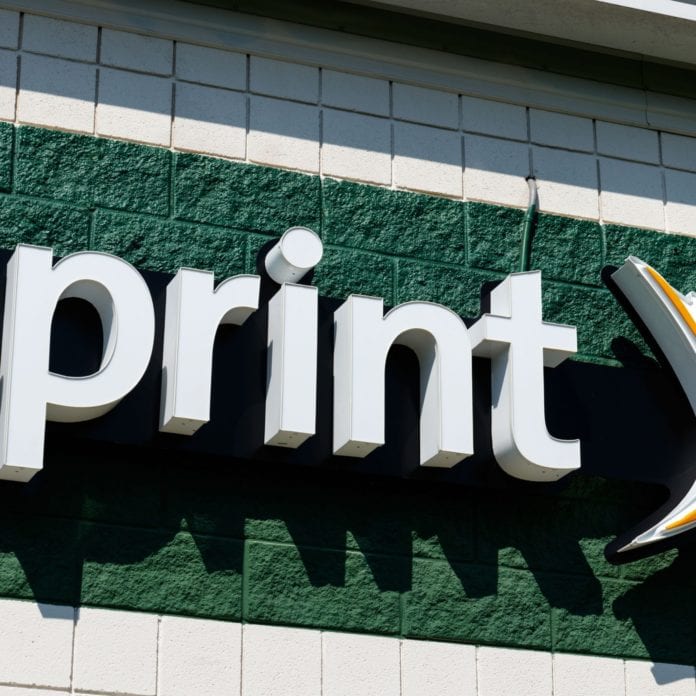Sprint has deployed expanded band coverage at 2.5 GHz, to about 75% of its macro network sites — up from about 50% of sites at this time last year — and it plans to focus on its massive multiple-input multiple-output deployment this year, company executives said on the carrier’s quarterly call with investors.
CEO Michel Combes said that Sprint has added expanded its 800 MHz, 1.9 GHz and 2.5 GHz coverage. The 800 MHz coverage was added to “thousands of sites, primarily in the Southwest markets” to extend Sprint’s coverage as it completed rebanding efforts, he said.
Sprint has leveraged cable companies’ infrastructure for what Combes called a “very successful” rollout of strand-mounted small cells. Sprint now has 27,000 small cells on-air, compared to only 3,000 at this time last year, Combes said.
Sprint reported a net loss of $141 million for the quarter. The company noted that its postpaid service revenue grew year-over-year for the first time in five years, while its prepaid service revenue grew year-over-year for the fifth consecutive quarter — although executives noted on the call that while Boost continued to perform well, the carrier faced losses in its other prepaid brands.
CY 4Q18 #Sprint #Prepaid tanks with 173K losses. 107K losses to competitors' postpaid. Prepaid now makes up ~21% of its retail base. 4Q prepaid bloodbath so far, #ATT is only net add positive. Await #TMobile results. $S $T $TMUS pic.twitter.com/XcUhJGiBWw
— 🅱🅸🅻🅻 🅷🅾 (@billho888) January 31, 2019
Postpaid net additions were at 309,000, up 53,000 year-over-year — but there were 26,000 of phone losses, while the numbers were salvaged by other devices such as tablets, watches and data-based connections.
CY4Q18 #Sprint postpaid saved by data connections but the real story is 26K of phone losses. Is the company truly recovering? $S pic.twitter.com/XdXy4QHeXK
— 🅱🅸🅻🅻 🅷🅾 (@billho888) January 31, 2019
Combes said the carrier’s massive MIMO deployment will improve both its LTE network and “provide the building block for our mobile 5G launch in the coming months.” Sprint is aiming for a launch of mobile 5G service in nine markets in the first half of this year.
However, company executives also repeatedly emphasized what they called Sprint’s “lack of scale” compared to AT&T and Verizon, and Combes said that the proposed merger with T-Mobile US is “the only path to provide the breadth and depth of spectrum which will allow us to provide truly consistent, nationwide 5G to Americans.”
The government shutdown is not expected to impact the timeline of the proposed merger, according to Sprint executives
Sprint also said it is ramping up its reliance on a digitally-enhanced customer experience, saying that because it lacks scale, it has to rely more heavily on analytics, artificial intelligence and automation in its operations to optimize its cost structure. The company now has 30% of customer chats handled by virtual agents.
Sprint still expects to spend between $5 billion and $5.5 billion on its network this year, as it ramps up for its mobile 5G launch. CTO John Saw said that it expects to be “substantially done” with adding 2.5 GHz where it is needed by this spring, and that its LTE-Advanced upgrades will be completed in about the same timeframe.
“Small cels will continue to be a focus for us,” he said. “We need to continue to densify our network, even with 5G. A network is never done.”
Saw added that Sprint is supporting both LTE and future 5G deployments with massive MIMO, and “that is going to be the main focus for the rest of this year, for 5G.” Sprint will be rolling out “thousands of massive MIMO sites,” he said.
“That is our bridge to 5G from LTE,” Saw added.
Sprint hopes to use the launch of 5G to help change customer perceptions of its network, which has been a weak point for the operator.

